Free shipping on all US orders
10% OF OUR PROFIT GOES TO KIDS’N’CULTURE NON-PROFIT ORGANIZATION


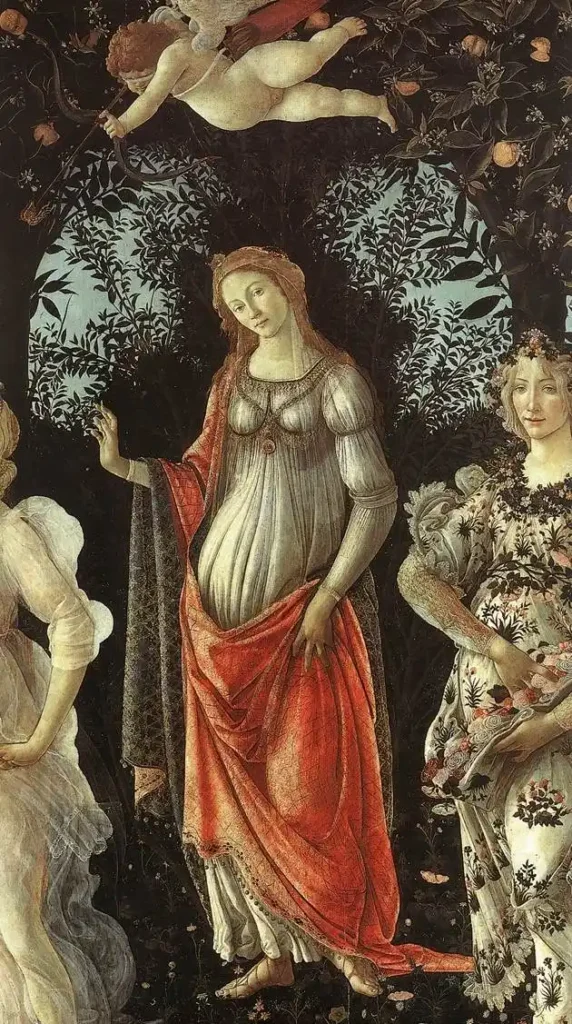
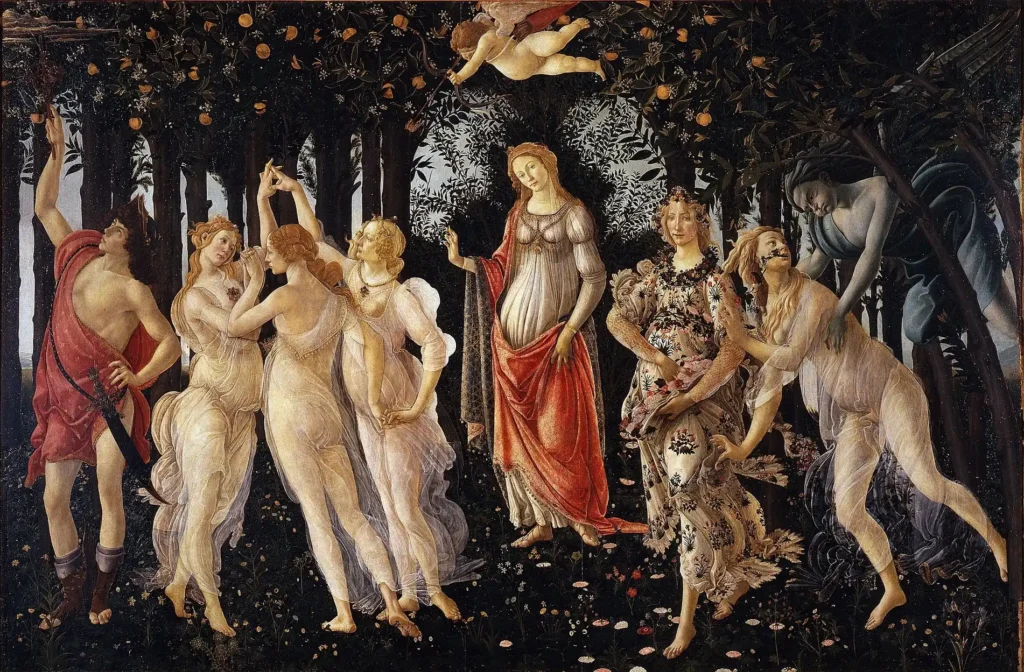
She became a symbol of Florence and, one might even say, a symbol of the Renaissance. The best painters depicted her on their canvases and poets enlightened their poems to her. And even her husband’s close associate Giuliano de Medici, who was co-ruler of Florence, was captivated by her beauty. Many art scholars believe that Simonetta was even his secret lover.
She did not live long, only 23 years, and has kept her youthful image for centuries. One version says she died of consumption, another says she was poisoned. Two years after her death, Giuliano de Medici was murdered by conspirators. The death of the young lovers is shrouded in a mystical halo, for he was murdered on the same day two years after her death.
Botticelli grieved for the beautiful Simonetta and continued to recreate her image in his paintings. His most famous work, “The Birth of Venus”, was completed nine years after Simonetta’s death. It is believed that from the moment they met, Simonetta appears in all of his paintings as a beautiful lady. This is particularly evident in the iconic painting “Primavera”. After the deaths of Simonetta Vispucci and Giuliano de’ Medici, the era in Florence called the Golden Age came to an end and the Florentine Renaissance began to decline.
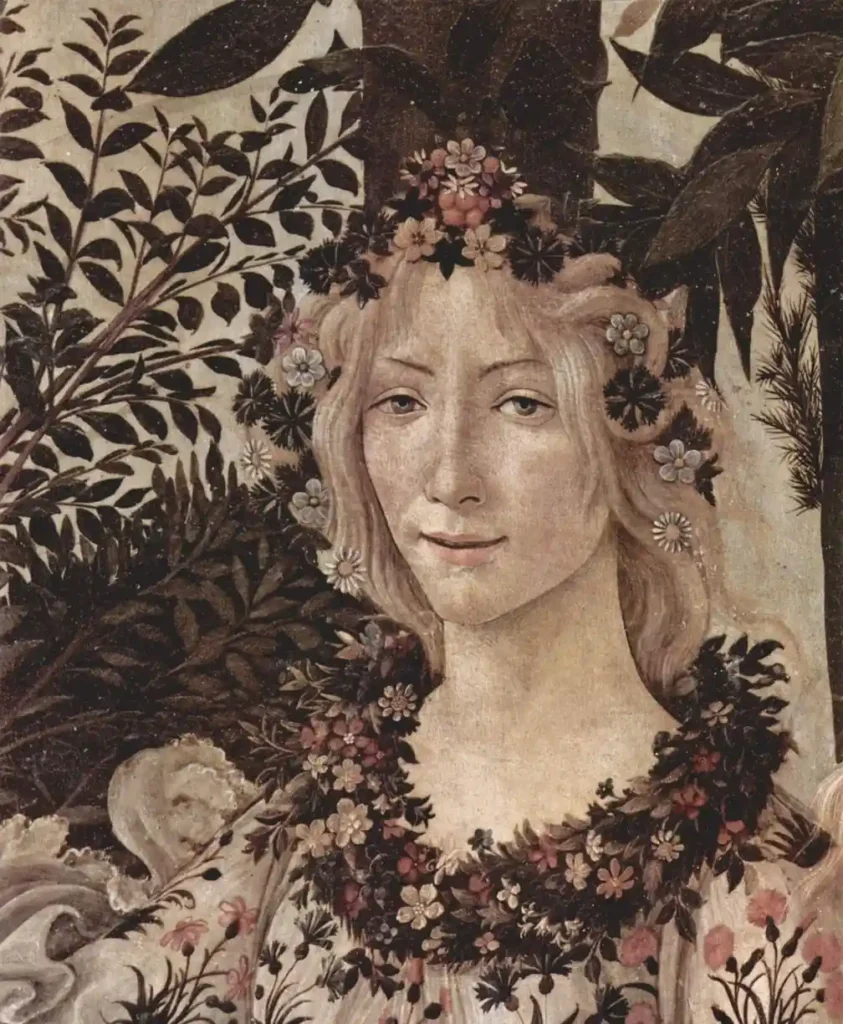
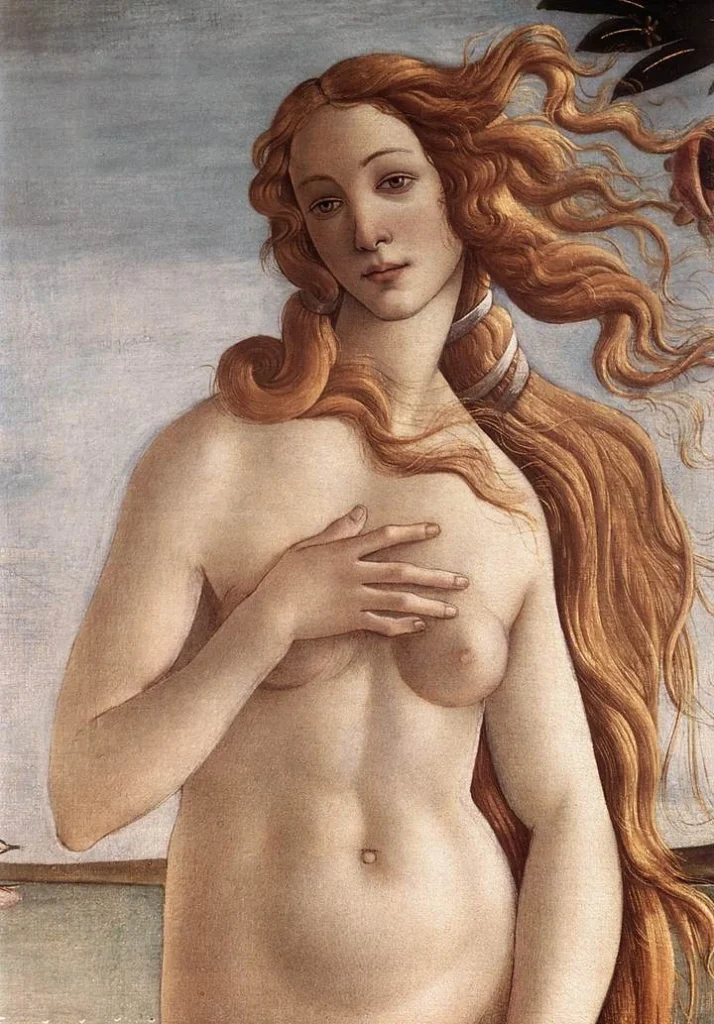

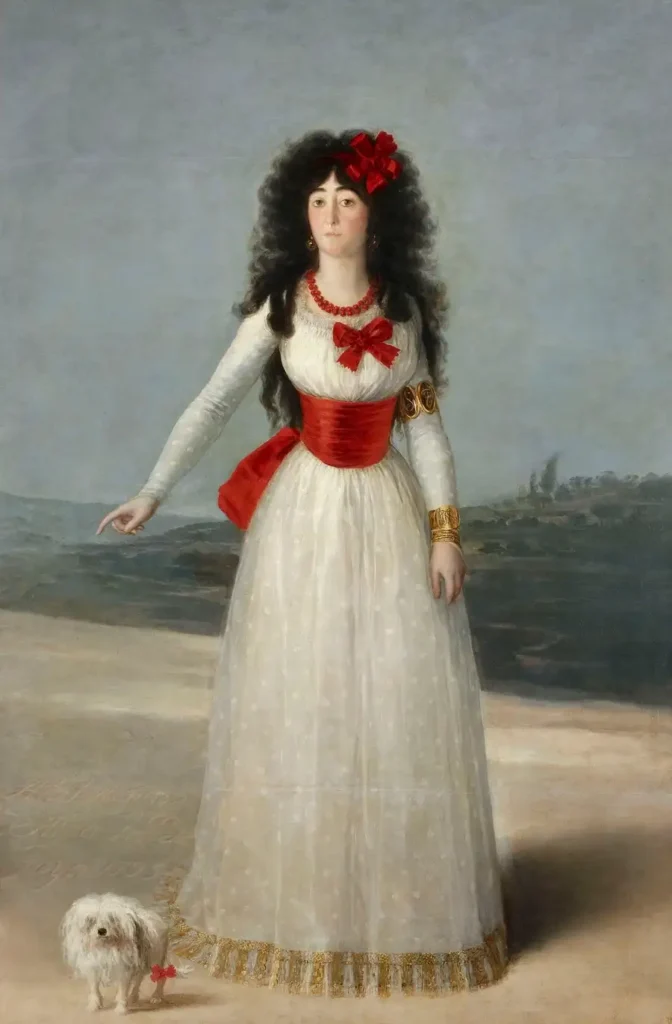
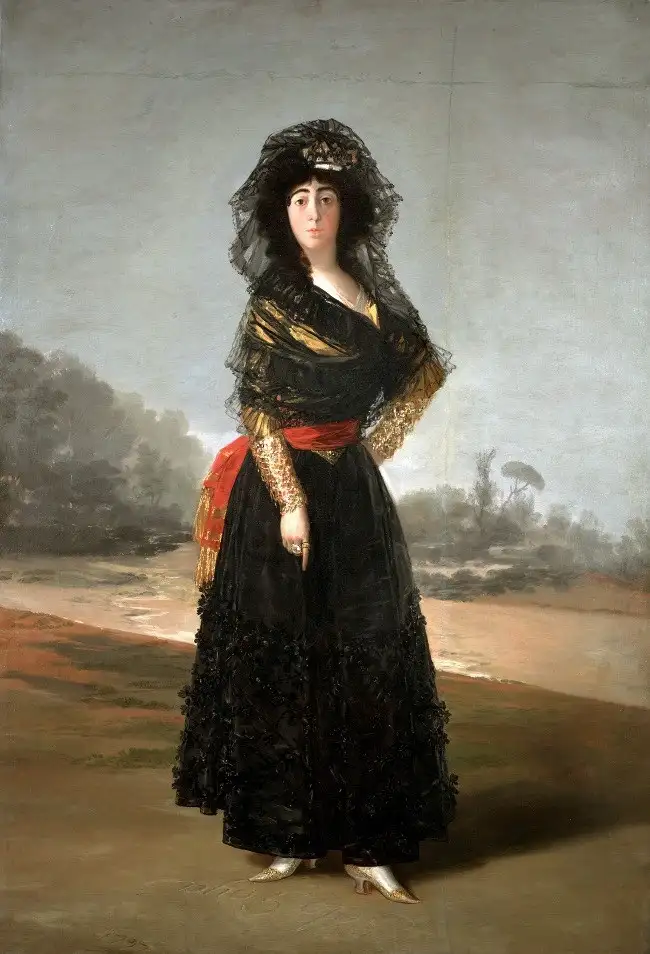
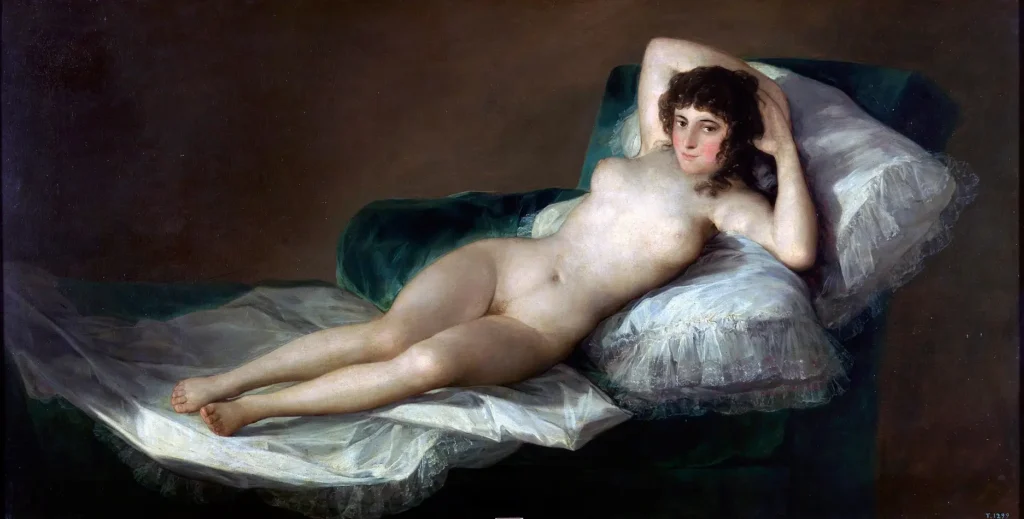
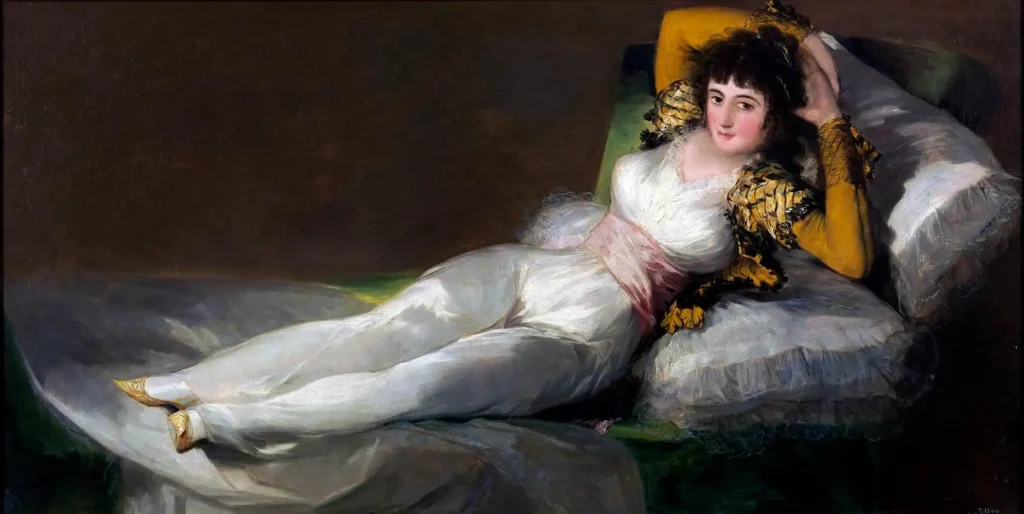
Muses are different and do not always have to be ladies of nobility, as the story of the great painter Caravaggio and his lover Maddalena Antognetti or Lena shows us.
We know almost nothing about his life, but much is known from court documents. The artist had a violent temper. And his lover was a girl of ‘easy virtue’, but Caravaggio didn’t care for the opinion of others. He was madly in love with Lena and painted many portraits of her.
One of his most scandalous works was a portrait of Lena in the image of the Madonna, which caused great anger among the public. Firstly, they did not like who the portrait was painted from; Lena’s reputation was known throughout Rome. Secondly, the saints had never before been portrayed so realistically. Church representatives considered it indecent to depict a naked and uncircumcised Christ much older than is customary. In addition, the censors found the naked bodice of Our Lady to be vulgar.
One day Caravaggio’s detractors beat Helena and she lost her baby while pregnant. Enraged, Caravaggio looked for a way to vent his anger and killed his old enemy in a street fight. He later fled Rome and on the run learned of his muse’s death.

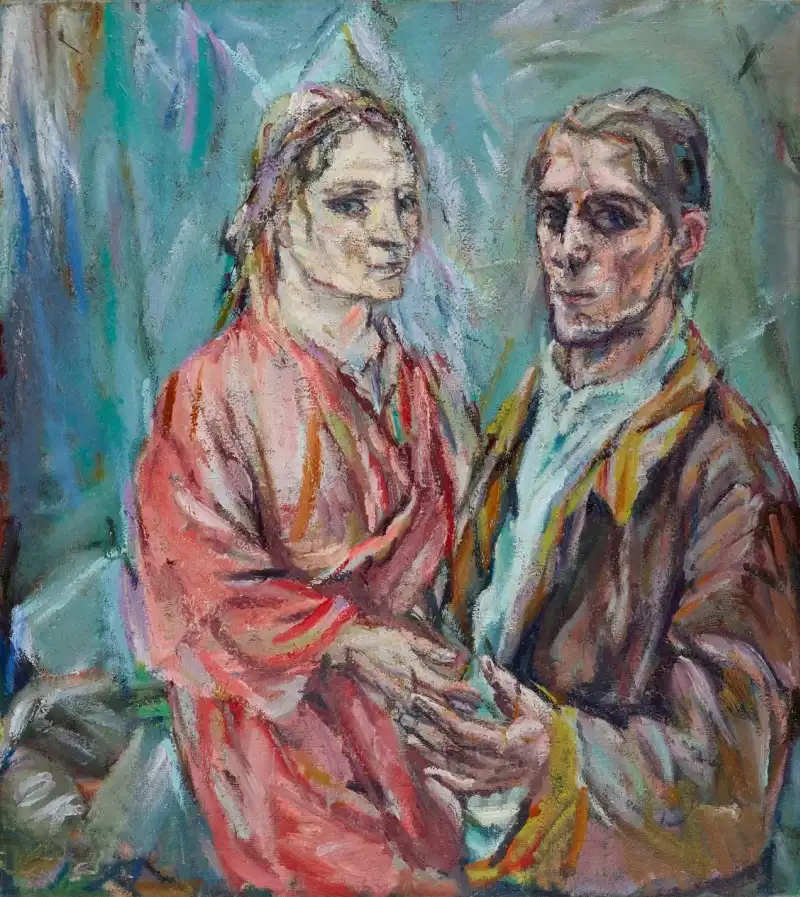


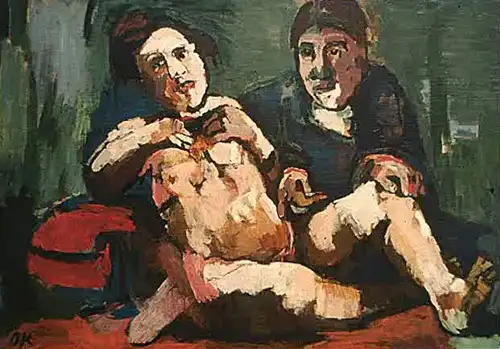
And here we get to the most eccentric couple of all, Salvador Dali and Gala – his muse and wife in one, an extraordinary Russian woman without whom Dali would never have become a modern art icon.
They met when he was 25 and she was 35. Their relationship was everything: love, hate, scandals, break-ups, but no matter what happened, Dali loved her madly. Elena Ivanovna Diakonova, or Gala, was a mysterious and highly intuitive woman, which was able to recognise artistic and creative genius when she saw it, and had relations with a number of intellectuals and artists.
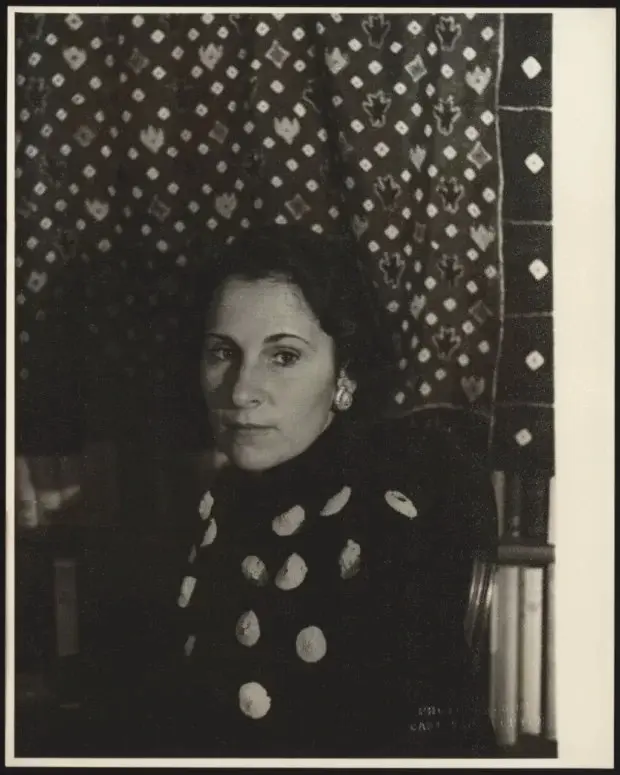

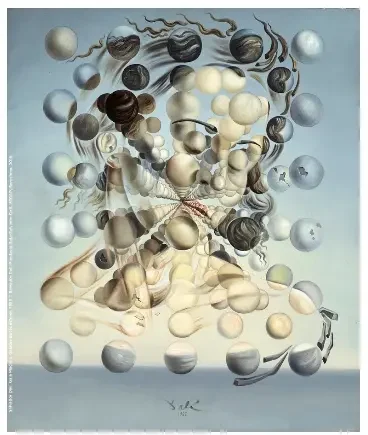
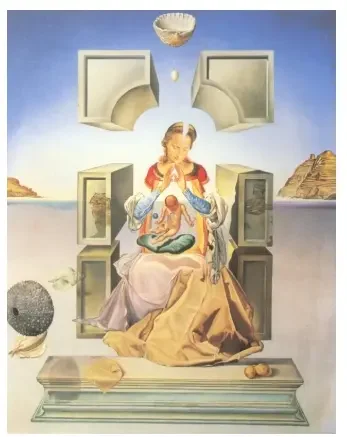
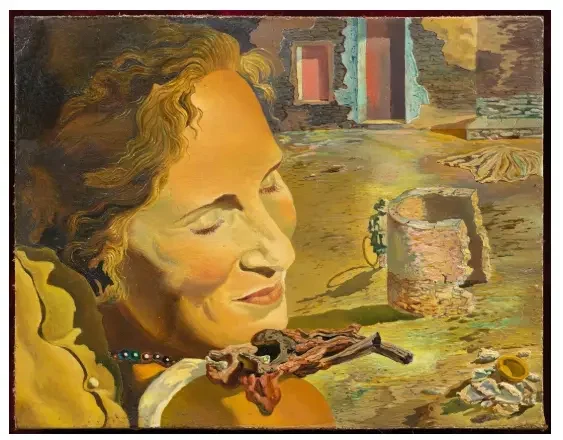
There are no reviews yet. Be the first one to write one.
A whole world on the tip of a pencil. The story of an artist who proved that true art has no limits and that it is never too late to start all over again.
International fashion icon and symbol of Parisian style, Ines de la Fressange is one of the most famous women in France.
Anastasia Pilepchuk is a Berlin-based artist with Buryat roots. She creates masks and face jewellery inspired by the nature and the culture of her beautiful region.
A whole world on the tip of a pencil. The story of an artist who proved that true art has no limits and that it is never too late to start all over again.